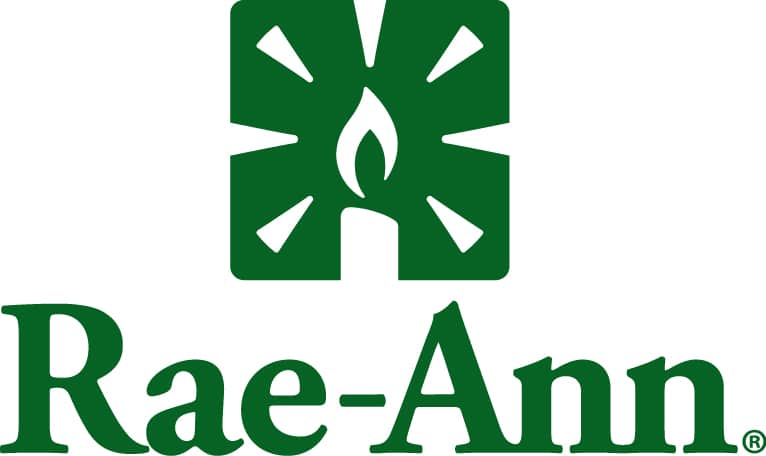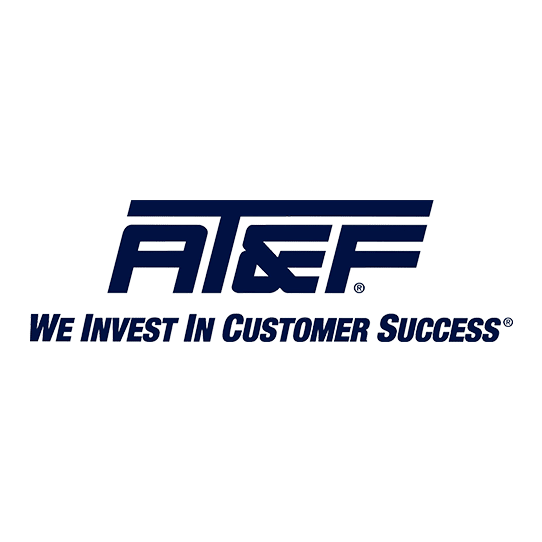The Inflation Reduction Act (IRA) of 2022 contains numerous provisions that create or expand tax incentives for the use of and investment in clean energy technologies. In the past, nonprofit organizations with tax-exempt status have not been able to take advantage of incentives like tax credits. The IRA changes this by providing an elective pay option, also known as direct pay, for many incentives. This makes certain tax credits essentially refundable for nonprofit organizations. Now is an excellent time for nonprofits to consider making green improvements to their facilities, building more energy-efficient facilities, or investing in clean energy technologies like solar power or electric vehicles.
Base and Bonus Credits
Many of the IRA’s tax credits have two or more layers. The base layer is the credit amount that is available to any qualifying taxpayer. This could be, for example, a percentage of the purchase price of clean energy equipment or a specific amount per kilowatt-hour of clean energy production.
One or more bonus layers may be available to taxpayers who satisfy additional criteria, such as:
- Meeting the prevailing wage and apprenticeship (PWA) requirements set by the IRS;
- Using a minimum amount of domestically sourced steel, iron and manufactured products; or
- Placing a qualifying clean energy facility or technology in an area designated as an energy community, such as an area with high unemployment, a site that formerly hosted a coal mine or coal-fired power plant, or a brownfield site undergoing remediation.
Direct Pay and Transferability Options
Tax-exempt nonprofits cannot typically take advantage of tax credits and tax deductions. The IRA changes this for some clean energy incentives by allowing direct pay or transfers.
Direct Pay
Direct pay effectively creates refundable tax credits for tax-exempt nonprofit organizations. When a for-profit business claims a refundable tax credit that exceeds its total tax liability, the IRS will pay the difference to the business. Suppose, for example, that a business can claim $10,000 in refundable tax credits and has a total tax liability of $9,000. It will receive a $1,000 refund payment from the IRS.
With direct pay, nonprofit organizations can receive the same benefit. Since a tax-exempt organization’s tax bill is zero, it can receive the full amount of the credit from the IRS. If a nonprofit could claim the same $10,000 tax credit as the business described above, it could receive $10,000 as a refund.
Transferability
Organizations that cannot use direct pay may be able to transfer their tax credit to a third party in exchange for payment. The third party can then claim the credit and receive a refund from the IRS.
Nonprofits may also be able to transfer certain clean energy tax deductions to specified third parties, such as designers of clean energy systems. This provides an incentive to work with nonprofits on clean energy improvements.
Clean Energy Tax Deductions and Credits
The following are some of the tax benefits offered by the IRA that could be useful to nonprofit organizations:
Alternative Fuel Vehicle Refueling Property Credit
This credit, found in § 30C of the Internal Revenue Code (IRC), provides a tax credit of 6% of the cost of a “qualified alternative fuel vehicle refueling property” in specified low-income communities, up to a maximum amount of $100,000. Qualified properties include:
- Refueling stations that use minimum amounts of biodiesel, ethanol, hydrogen or natural gas; or
- Electric charging stations.
Renewable Electricity Production Tax Credit
Section 45 of the IRC provides a production tax credit (PTC) for facilities that begin construction before the beginning of 2025. The base credit amount starts at $0.03 per kilowatt-hour, adjusted for inflation, for facilities that produce renewable electricity. Bonus credits may be available based on a facility’s location, PWA and other factors.
Qualified Commercial Clean Vehicles Credit
Nonprofits may benefit from this credit, found in IRC § 45W, if they want to invest in electric or fuel-cell vehicles. The amount of the credit is the lesser of either:
- 15% of the vehicle’s basis, or cost; or 30% of the basis for an electric vehicle; or
- The difference between the cost of a clean vehicle and a comparable vehicle that runs on gasoline.
The maximum amount of the credit is $7,500 for vehicles that weigh less than 14,000 pounds and $40,000 for other vehicles.
Energy Property Investment Tax Credit
Section 48 of the IRC creates an investment tax credit (ITC) for clean energy projects that use technologies like solar, wind, biogas, fuel cells or energy storage. The base amount of the credit is 6% of the basis in most cases, but this can vary for certain technologies. Bonus credits of 10-20% may be available for the use of domestic manufacturing and the location of the project.
Energy-Efficient Commercial Buildings Deduction
Under § 179D of the IRC, taxpayers may deduct a percentage of their energy cost savings, provided that their total energy savings are greater than 25%. Nonprofit organizations that own a qualifying energy-efficient building may allocate the deduction to the building’s designer.
If you have any questions about whether your nonprofit can take advantage of clean energy tax credits, contact our professionals in our Nonprofit Practice Group.
Related Insights
Featured Post

Featured Client Testimonials
BW is a true partner to us. Their knowledge, expertise, and service are a valuable resource to us and play an important role in our success!
John Allen - Vice President of Finance, Kaufman Container

Featured Client Testimonials
I appreciate the exceptional tax advice we received over the years. The (BW team) has a good grasp of our business needs. Thank you for your excellent service.
John Griffiths - Owner, Rae Ann, Inc.

Featured Client Testimonials
The BW team has been fantastic to work with; both the team member at our office as well as at the partner level. Any issues or concerns are handled very efficiently and effectively.
Kelley Needham - Chief Executive Officer, Epilepsy Association

Featured Client Testimonials
Barnes Wendling has been our company accountants for over seven years. Their knowledge has been instrumental in helping us grow strategically during this time. And although we’ve seen many changes in our economy that we cannot control, we’ve always been able to trust the Barnes team to be by our side. The Barnes team feels like family. We can’t thank them enough for their support!
Christine Kloss - Controller, AT&F

Featured Client Testimonials
Barnes Wendling has been our company accountants for over 15 years. During this time, the business has grown exceptionally, and Barnes has kept pace, providing accurate, quality advice. Our finances are more efficient than ever, and the expense of hiring Barnes has been a definite positive add to our bottom line. I give my highest recommendation to their firm.
David Miller, MD - President, Retina Associates of Cleveland

Featured Client Testimonials
Barnes Wendling has provided us guidance and recommendations that have strategically helped strengthen our business and position ourselves for growth. We needed to hire a new VP of Finance and Controller this past year, and they were instrumental in helping us find the best candidates for our company.
Sara Blankenship - President, Kaufman Container

Featured Client Testimonials
We value the trust, accuracy of information, and reliability of Barnes Wendling and Mike Essenmacher personally. Mike has been instrumental as a trusted advisor on accounting, tax, and personnel issues. His advice is always accurate, and he is very reliable. His associates are also very talented.
Dominic Ozanne - President and CEO, Ozanne Construction Company

Featured Client Testimonials
We value Barnes Wendling’s expertise with all things accounting so we can operate our business using our strengths and allowing them to be our experts. They have also brought me a few business sale opportunities to allow me to grow my assets.
John Gaydosh - President and Metallurgical Engineer, Ohio Metallurgical Service

Featured Client Testimonials
Barnes Wendling (especially Lena) did a great job with our financials. Everything. It is extremely refreshing and comforting to know that all of our numbers are not only correct, but they are in the right place(s). Your diligence and reporting truly does make me (personally) feel better.
Thomas Adomaitis - Controller, Bialosky Cleveland

Featured Client Testimonials
I can wholeheartedly tell you that I have yet to work with an audit or tax team that have been more helpful, easy to work with, and committed than the team at Barnes Wendling- I have been through three different firms in the last few years.
Michelle Saylor, Former Controller, Aero Mag

Featured Client Testimonials
Floyd Trouten at Barnes Wendling CPAs is an “expert’s expert” when it comes to M & A accounting. Not only does he understand the evolving details of the Tax Code but he also sees the fine points of their application for owners, managers, investors, and financiers.
Mark A. Filippell, Western Reserve Partners

Featured Client Testimonials
The service is amazing at Barnes Wendling CPAs. The benefit is worth more than the cost. Sometimes it’s true that you get what you pay for.
Mark Boucher - Former Owner, Castle Heating & Air









